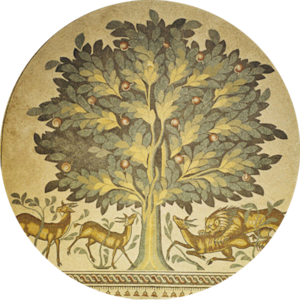Salinization of the Fertile Crescent, Civilization Collapse
2400 - 1700 BCE • Fertile Crescent
Over-farming in the fertile crescent leads to desertification, salinization, and the destruction of ancient Sumeria. "When irrigation water raised the natural water table and evaporated, salts accumulated. Poor drainage, made worse by the silt that had been deposited, made it hard to correct the situation by leaching salt from the fields with fresh water. Ground water became more and more saline . . . Over large areas the ground became so saline that white salt crystals could be seen on the surface and cultivated plants were unable to grow . . . The once flourishing cities of ancient Sumeria — Uruk, Ur, and the others — are now abandoned mounds in a desert environment . . . They represent an ecological disaster caused by overuse and eventual exhaustion of the land."
J. Donald Hughes, An Environmental History of the World: Humankind's Changing Role in the Community of Life (New York, NY: Routledge, 2001), 37-38.
Image: Jacques Descloitres, MODIS Rapid Response Team at NASA GSFC


Learn about Maya Lin’s fifth and final memorial: a multi-platform science based artwork that presents an ecological history of our world - past, present, and future.

Discover ecological histories and stories of former abundance, loss, and recovery on the map of memory.

Learn how we can reduce our emissions and protect and restore species and habitats – around the world.

See how art can help us rethink the problems we face, and give us hope that each one of us can make a difference.

Help make a global memorial something personal and close to home. Share your stories of the natural world.
